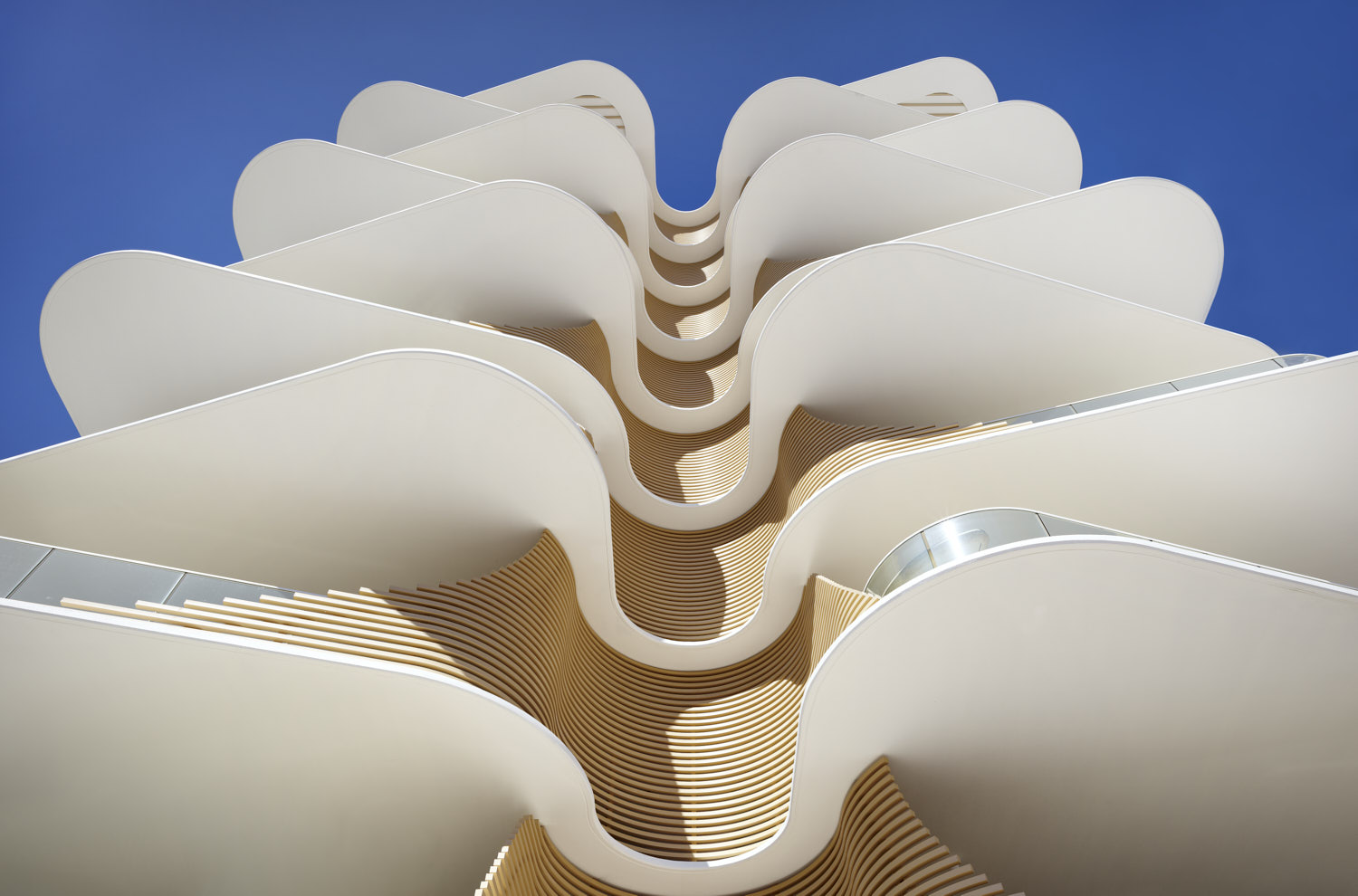As a global leader in sustainable design, Koichi Takada has been commissioned by Bloomberg Green to imagine the dream home of Europe’s greener tomorrow.
One century since the Bauhaus movement reshaped the West through their modernist designs, Koichi Takada has been recruited to help create a new common aesthetic born of the urgent need to combat climate change.
The New European Bauhaus gained gravitas following a speech in October by the president of the European Union, Ursula von der Leyen, who called for a new climate project with “its own aesthetics, blending design and sustainability” and proclaimed “a new European Bauhaus movement” was required.
Takada’s response to that challenge is Sunflower House, a carbon-positive singlefamily dwelling in Le Marche, Italy inspired by the distinctive yellow flower and powered by the sun. “Climate change must be a catalyst for positive change, beginning with our humble homes,” says the Tokyo-born architect based in Sydney.
The original Bauhaus, an early 20th century collective of designers and craftspeople, is behind much of what we recognise today as modem architecture – clean, sleek, hard. “For the future of the planet we must shift from industrial to natural. We need a kinetic, living architecture that respects the environment while enhancing the wellbeing of the humans who inhabit it”, says Takada.
Sunflower House is designed for the Italian region of Umbria, renowned for its rolling farmland and yellow fields of sunflowers, where heat waves are becoming more frequent and extreme. Elevated from the ground to minimise interference with the biodiversity of its surroundings, the solar panels on its petaled roof rotate on sensors for maximum sun exposure.






